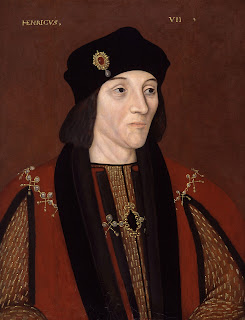It's
about time to write my last winter report. My summer adventures are
beginning shortly and I'm visiting new beautiful places. Greenwich.
This name reminds us of the time and it's true indeed. We had a half
an hour journey by train and by bus. Of course, you can travel by
boat or by tube from London, too. ( We also have a plan, to take a
boat tour here in summer) Our plan was to look at many interesting
things, but it happened differently :) Although we started with
sunny weather, the sky was getting cloudy on our way to the
Observatory.
The building stands on a hilltop and can be seen all
over London in good weather. First you can see a big watch at the
entrance and the certified English length measurements in front
of the main gate.
If you enter to the yard, there runs the Meridian
line, the 0 degree longitude. You can stand with one of your feet on
the Western, the other on the Eastern side of the globe.
Otherwise,
the line of Meridian is built through all of England. I have already
seen it in East Grinstead, where a part of the line runs through the
town hall building. The
museum has a very rich exhibition.
You can be see the oldest
structure of clocks, the first telescopes, the discoveries of the
old sailors, the device of planet researches and the atomic clocks.
As usual in England, a significant part of the exhibits is
interactive, you can test, press move, which the children really
enjoyed. (Of course, many adults can try them, too). You could take
photos without a flash in the museum, but it was so dark in most
places, that you couldn't enjoy them. You can spend a lot of time
here but we bought tickets to the show of the Planetarium and we
needed to go on. The Planetarium wasn't a big deal techniqually,
no better than in Budapest but Zs. really liked it, because he has
never been in such a place. The presentation showed the stars and
planets on the December sky. I didn't understand everything, but the
astronomer was very funny and everyone was in a good mood.
After
that we looked at an interesting photo exhibition. When we went out
of the building late afternoon, there were dark clouds, heavy rain
and wind storm so we finished our excursion and we ran to the bus
station. I would like to go there this summer, because Greenwich has
a lot of interesting things to offer still.
I
could write about the Winter Wonderland in Hyde Park ( This is
the biggest Christmas Market in London which is actually an amusement
park with food and drink), about a Christmas afternoon
performance in a school, about the Christmas customs, but I think
they have become outdated. I hope I'll be more diligent in summer.













































